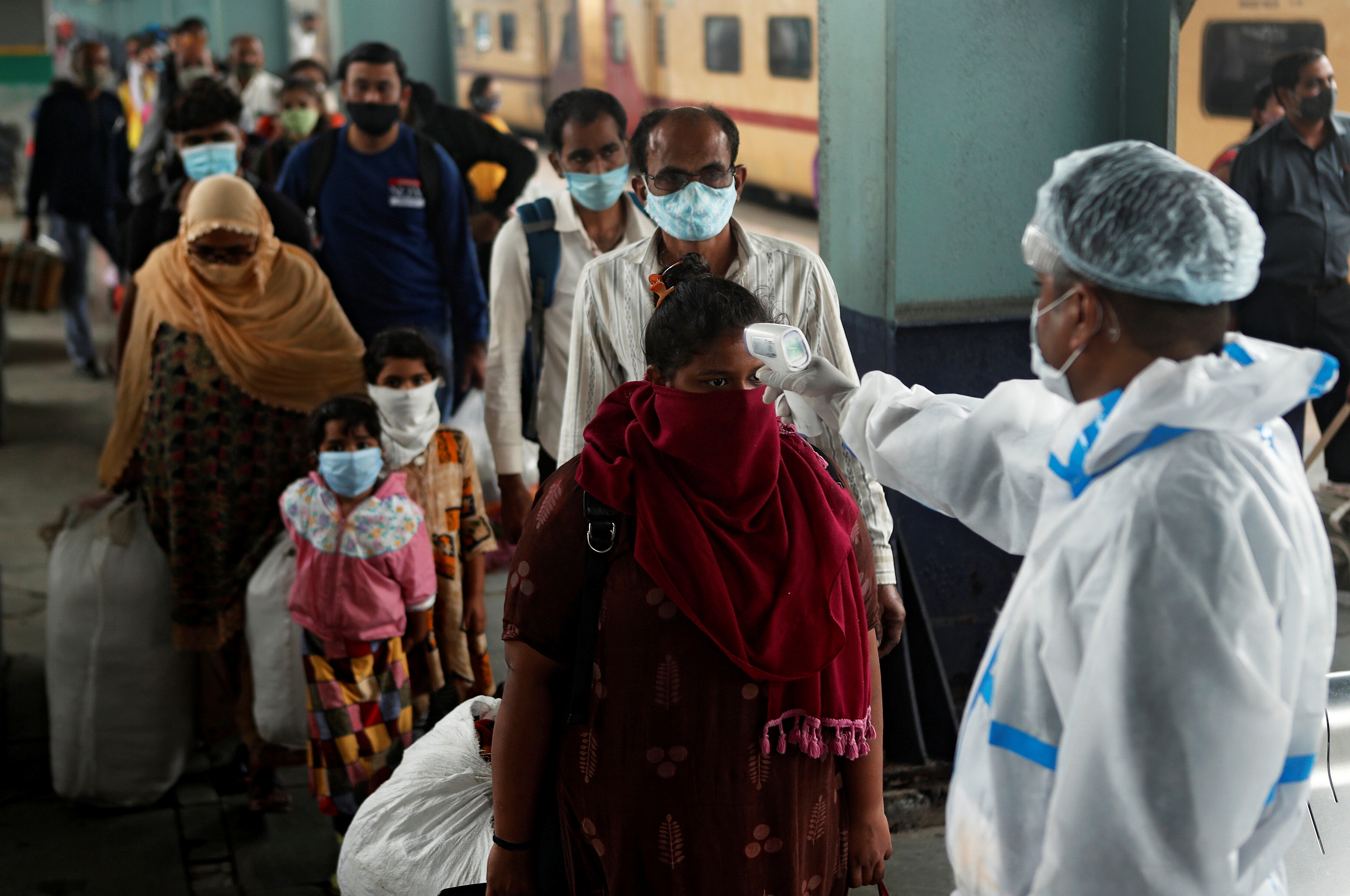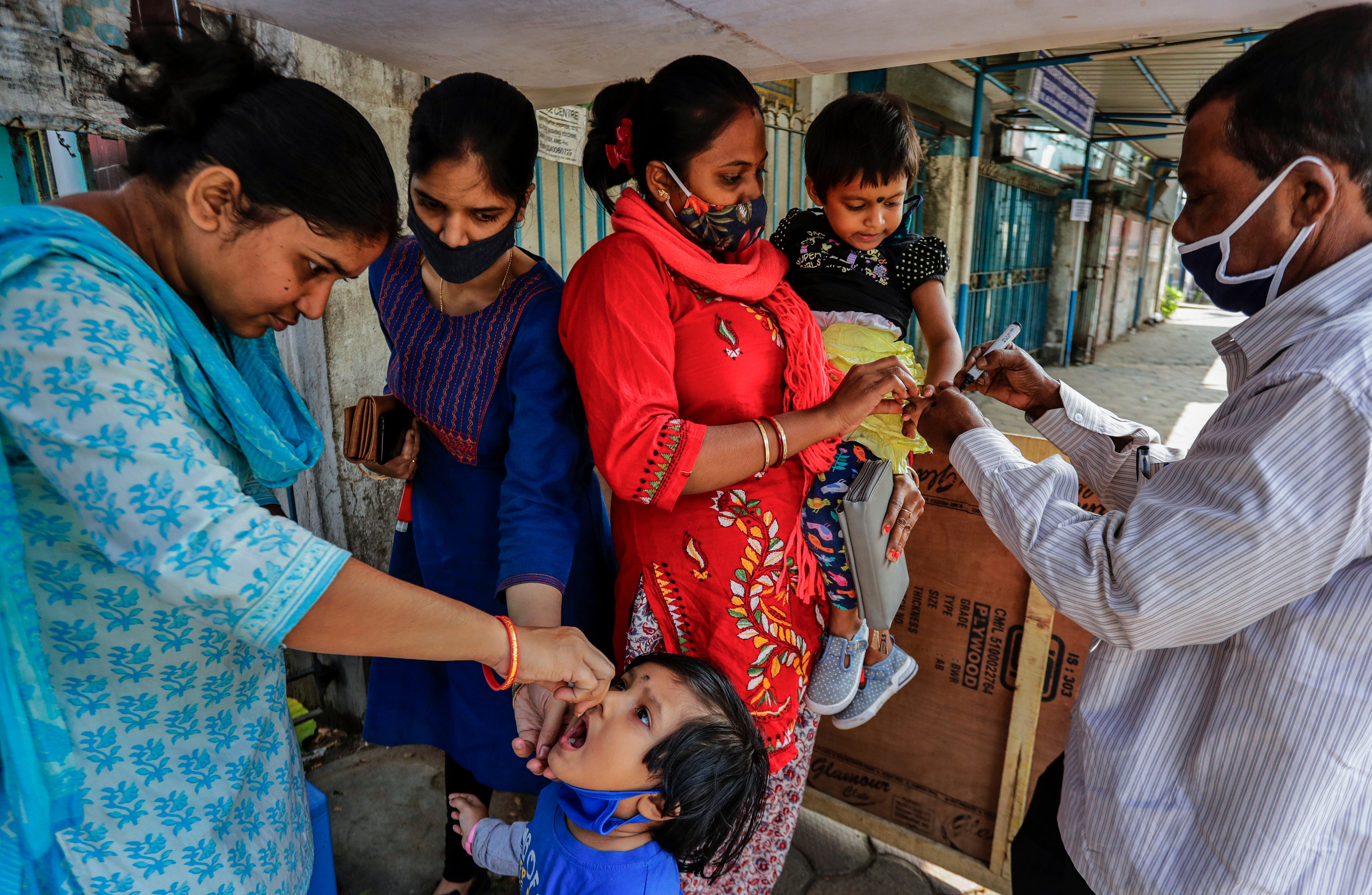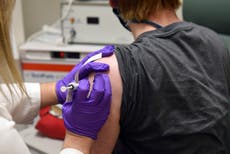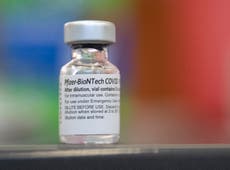India’s 2021 Covid-19 challenge: delivering 1.7 billion cheap shots
India faces a host of challenges if it is to inoculate the majority of its adult population, as Stuti Mishra reports


For a long time, India has boasted of 'Target Zero’, a massive immunisation programme against smallpox in the 1970s that wiped out the deadly disease through a drive that was almost military in precision. It led to Halfdan Mahler, then Director-General of the World Health Organisation (WHO), to call the programme “a triumph of management, not of medicine".
Come 2021, as the rest of the world prepares to vaccinate against Covid-19, India — a country with the world’s second-largest caseload at 10 million infections — will need to draw on its management skills again to tackle the looming challenge of delivering an affordable vaccine to 1.3 billion people, many living below poverty line in remote areas of vast expanses of the country.
The country is set to approve the jabs developed by AstraZeneca and the University of Oxford in January. But experts say several determining factors, including population and an already strained healthcare system, pose the main challenges to smooth rollout.
There are several reasons why India is heavily relying on the Oxford-AstraZeneca vaccine, being produced in the country by the world’s largest vaccine manufacturer, the Serum Institute of India (SII). Other candidates, such as Pfizer and Moderna that come with their unique cold storage requirements, are awaiting approval. There’s also the country's homegrown, whole-virion inactivated Covaxin by Bharat Biotech, which has crossed the halfway mark in phase three trials.
India’s strength lies in vaccine manufacturing.
Dr K Srikant Reddy, president of the non-profit group, Public Health Foundation, says: “India’s manufacturing capacity is likely to bring in many foreign-developed vaccines also to India for a large scale and less expensive manufacture.”
According to Dr Reddy, while concerns remain over the availability of Pfizer due to its minus 70 degree Celsius storage requirement, Moderna too may not be an ideal candidate. "We are looking at countrywide distribution, and there you do not want the storage of minus 20 degrees to be your challenge,” he says.
India accounts for nearly 60 per cent of the world’s vaccine production with export of more than one billion shots each year. It has a history of successfully running immunisation programmes for polio and smallpox. But infrastructural challenges need to be addressed.
In the US, a single shot of the Pfizer vaccine is set to cost $19.50. A single dose of the Moderna vaccine will cost around $32 to $37.
Even if vaccines are priced lower in India, affordability is still a concern. The Oxford-AstraZeneca vaccine will be provided to the government for $3-4 per shot and will not cost more than Rs 1000, CEO of SII Adar Poonawalla has assured. Covaxin and NVX-CoV2373 — SII’s another vaccine candidate Novavax — will likely cost lower.
The country is also likely to prioritise an affordable vaccine over the expensive mRNA shots. There are considerations for subsidising the cost or even providing it for free, and mass orders can help lower down the cost, but lack of availability could still scale up the price.
Mr Poonawalla, whose company has an agreement with the government to mass-manufacture the vaccine, told Indian media outlets that around 40 million doses had already been produced and the company is targeting 100 million doses by January.
But Dr Lalit Kant, an infectious disease epidemiologist formerly with the Indian Council of Medical Research (ICMR) says: “To get vaccines for all the numbers that we would like to immunise, we may have to source the vaccine from different manufacturers.”
According to research by Credit Suisse, India needs at least 1.7 billion jabs to vaccinate the majority of its adult population. Most vaccines may require at least two doses, possibly the second one to be administered after a certain number of days. India is looking to administer 400-500 million doses by July 2021.
For the initial target, India has a priority list of 300 million people which includes health and frontline workers, senior citizens and those belonging to the vulnerable health categories, the country’s health minister Dr Harsh Vardhan has said.
However, Dr Reddy believes a phased vaccination will ease the process. “The supply chain is unlikely to be bothersome if it is done in stages. It is unlikely that the production volume would suddenly be so high in the initial stage that the supply chain would choke.”
The Credit Suisse research also shows that India’s capacity to manufacture vaccines stands at more than 2.4 billion doses, which should be sufficient, along with various components like vials, stoppers, syringes, gauze, and alcohol swabs.
But despite the vaccine programmes in the past, India ranked low among 89 countries on effective vaccine management, according to a global analysis by WHO/UNICEF in 2018. The research found the country lacks a strong information management system to estimate demand.
Healthcare infrastructure has to be significantly scaled up to make the vaccine reach people in remote corners. “I think the biggest challenge is to find the right number of people in the health workforce across states to deliver two intramuscular injections 21-28 days apart, keep a track of any potential adverse effects, while you are maintaining your other routine health services,” says Dr Reddy.
Dr Deepali Bharadwaj, a dermatologist who has been working to create awareness around Covid-19, says preparedness and competency of frontline workers will play a huge role. “If the people who are injecting do not have an N95 [mask] and a PPE it defeats the purpose,” she says.
“The door to door service that is happening, our Anganwadi workers [community-based frontline workers] were not even provided with N95 and PPEs,” Dr Bharadwaj says.
Anamika Devi Kurmi, an Accredited Social Health Activist (ASHA), says she has been working with a cloth mask. “We got masks and sanitisers initially, but as it [infections] reduced we stopped getting it, now we have made our own masks."
Despite the new challenges, Dr Naveen Thacker, executive director of the International Paediatric Association (IPA) and formerly part of the Global Alliance for Vaccines and Immunisations (GAVI), believes the structure created during the polio mission would still help India vaccinate against Covid-19.
“Lots of innovation, micro-planning, social mobilisation, very clear cut responsibility” is what defined India’s polio mission, says Dr Thacker, who was part of the programme.

The polio eradication programme took more than a decade to achieve its target. But currently, there is a sense of urgency due to India’s huge caseload.
“We cannot end the pandemic immediately. And nobody should believe it’s going to end anytime soon. The priority is to decrease the burden on the health system,” he says.
Misinformation and rumours can slow down delivery.
A survey conducted by Delhi's LocalCircles, a citizen survey platform, found that many people appear hesitant to take the shot fearing side effects. Dr Thacker defines the perception of the vaccine in India as a “passive demand”, where people follow one another during a programme like this.
“We are targeting the vulnerable groups first and there’s always a chance of some adverse event. When something like this is reported in media, then WhatsApp and social media and start amplifying it… it could possibly cause a pull from the circle which was ready to immunise,” he says.





Join our commenting forum
Join thought-provoking conversations, follow other Independent readers and see their replies
Comments